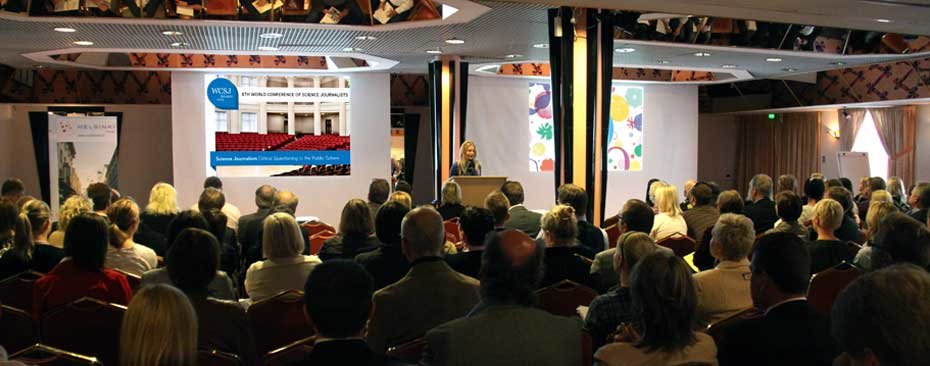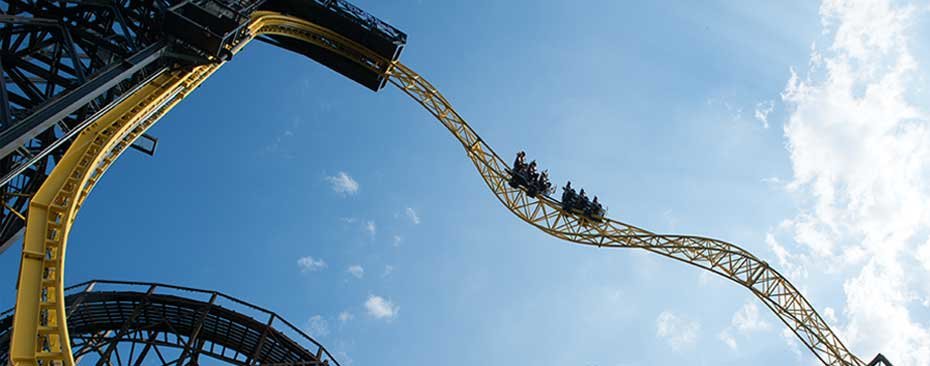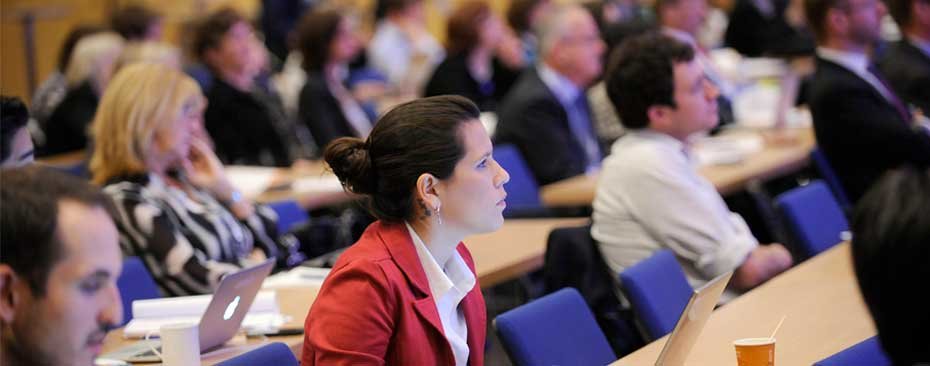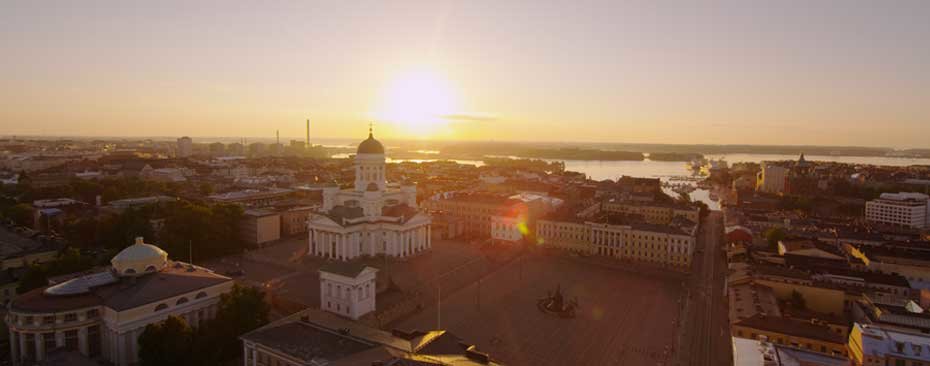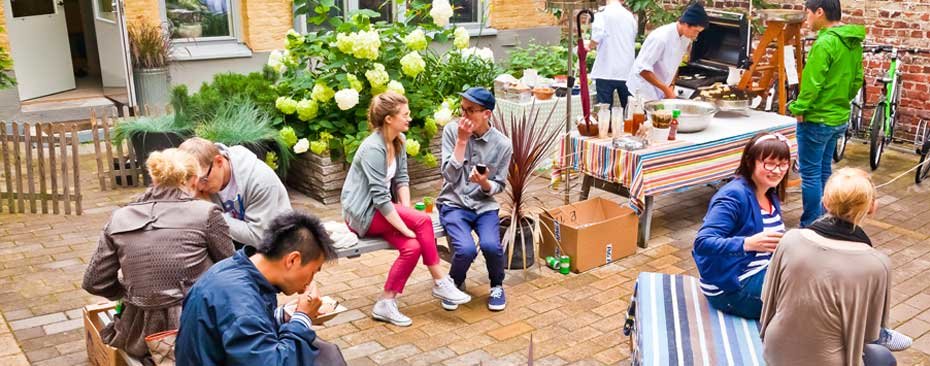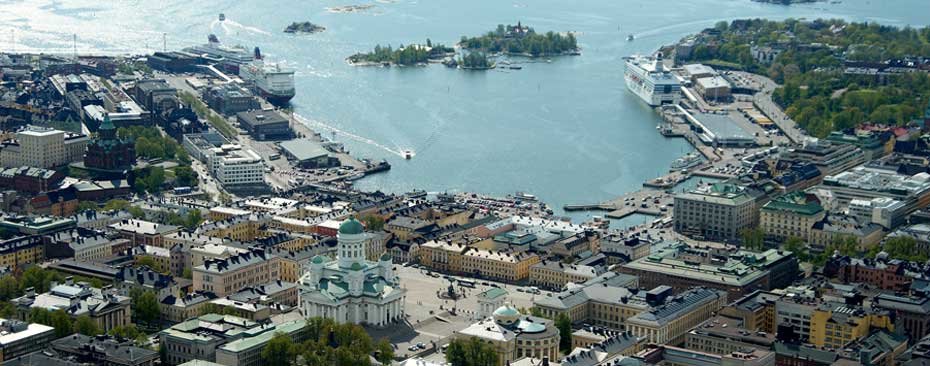The public is more afraid of many risks than the evidence warrants, and less afraid of many risks than the evidence warns. We fear some things too much, and some things too little. This leads to a Risk Perception Gap which puts the public and the environment in even greater danger, feeds mistrust of science and scientists, and produces huge challenges for science journalists. This panel will explain why this Risk Perception Gap exists, and examine one high-profile example of the phenomenon: the local and global reaction to the Fukushima nuclear power plant disaster.
The first part of this panel will summarize what has been revealed by research from a number of fields – from neuroscience, to psychology, to economics – about the subjective and emotional nature of risk perception and why people’s fears often do not match the facts. It will offer explanations for ‘science denialism’ and public feelings about a wide range of issues – from vaccines, to climate change, and to genetically modified food. It will also offer evidence that the Risk Perception Gap is a huge and overlooked risk to public and environmental health and safety in and of itself, and that it deserves more attention from the news media, particularly from science journalists.
It will be led by David Ropeik, Instructor at Harvard, the writer of the blog ‘Risk: Reason and Reality’ at Big Think.com, and the author of “How Risky Is It, Really? Why Our Fears Don’t Always Match the Facts.”
The second part of the panel will examine the disaster at the Fukushima nuclear power plant as a dramatic example of the powerful role that risk perception plays in the public’s understanding of science. The consensus among radiation biologists is that the number of excess cancer cases caused by the disaster will be very low, yet the fear caused by the radiation released from Fukushima plant is high, causing widespread and significant health effects of its own. It may well turn out to be the case, as it was with the Chernobyl disaster, that fear and stress will harm the victims of the Fukushima nuclear disaster more than the radiation itself.
This portion of the panel will be presented by Hajime Hikino, the Science Editor for the Chunichi Shimbun. He is a trained engineer and has worked as a science journalist for more than two decades, covering environmental stories, Mad Cow disease, and other risk issues. He has covered the Fukushima disaster extensively.
If you write about any risk issue, this is a panel you truly cannot afford to miss.
Hikino Hajime is a senior writer at the Tokyo Shimbun and the Chunichi Shimbun with a circulation of approximately 3.5 million in Japan. And he is also the secretary-general of the Japanese Association of Science & Technology Journalists.
Before going into journalism, he had worked for ten years as an engineer in the research and development of diesel engines at Komatsu Ltd. He knows well that when designing industrial products it is necessary to find a good balance between performance and cost. As a science journalist, he wrote numerous articles on natural disasters and airplane crashes, mad cow disease, side effects of vaccines, issues of genetically modified foods, low-dose radiation exposure, and many other topics for almost 30 years. During the 30 years he had been aware of the dangers of sensationalism in the media with its tendency to focus on small risks while underestimating benefits. He still occasionally teaches science journalism at National Museum of Emerging Science and Innovation and at some Universities.
David Ropeik is an Instructor at Harvard University, an author, and an expert and consultant on risk perception, risk communication, and risk management.
He is the author of How Risky Is It, Really? Why Our Fears Don’t Always Match The Facts (2010, McGraw Hill), and the principal co-author of RISK, A Practical Guide for Deciding What’s Really Safe and What’s Really Dangerous in the World Around You, (2002, Houghton Mifflin).
He blogs at BigThink.com, Psychology Today, Huffington Post, Scientific American, and Nature.
David was a television reporter for WCVB-TV in Boston from 1978 – 2000, specialising in reporting on environmental and scientific topics. He twice won the DuPont-Columbia Award, sometimes cited as the television equivalent of the Pulitzer Prize, and seven regional Emmy awards. He was a Knight Science Journalism Fellow at MIT in 1994-95 and a member of the Board of Directors of the Society of Environmental Journalists from 1991-2000. He created, and now directs the program Improving Media Coverage of Risk, and has taught journalism at Boston University, Tufts University, and MIT.
